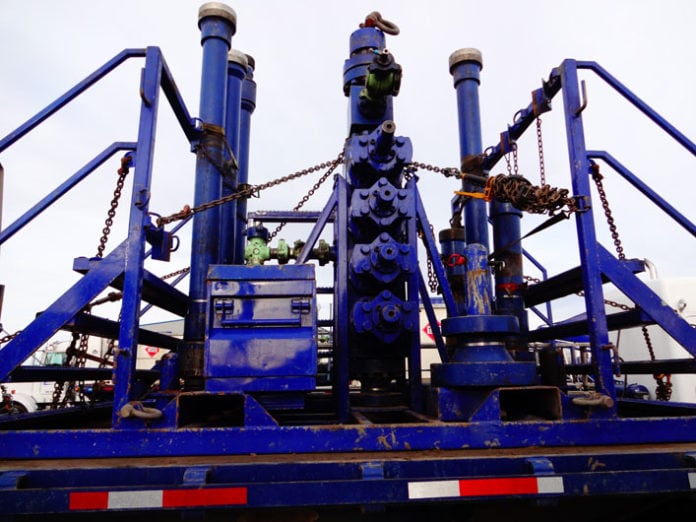Most well drilling, completion, and intervention operations require some type of mechanical well control equipment to avoid blowouts.
Without having proper well control equipment in place, blowouts can result in serious and sometimes fatal accidents.
Not being able to control the well fluids coming to the surface can also result in significant environmental damage.
Usually, it takes a lot of time and money to bring the well under control if pressure control mechanisms fail especially if this happens offshore.
Blowout preventers (BOPs) are used on most well operations because the hydrostatic pressure of the fluid (primary well control) in the well is often not enough to prevent well kicks.
The type and rating of the BOP required for the job will depend on the max pressure of the well. Most of the BOPs will also be resistant to H2S.
There are two main types of blowout preventers – ram and annular blowout preventers.
Related: H2S in the Oil and Gas Industry
Annular Blowout Preventers
Annular blowout preventers work by sealing around the pipe in the wellbore.
The sealing element is usually made up of some type of rubber.
This allows it to close over the different sizes of pipe.
Annular blowout preventers are usually installed above the ram blowout preventers.
Ram Blowout Preventers
Ram blowout preventers usually have metal-type rams that either seal around the pipe in the well or cut it and hold it in place until it can be safely removed after the well is under control.
Pipe Rams – if there is a pipe in the well when pipe rams are activated, they will seal around the pipe preventing the well fluids from coming to the surface. Pipe rams are designed for a specific size of pipe.
Blind Rams – these rams seal the wellbore when there is no pipe in the well.
Shear Rams – when shear rams are activated and there is a pipe in the well, special blades cut through the pipe and fully seal the wellbore. The grade of pipe used usually dictates what type of shear rams are used. If the very high-grade pipe is used, some shear rams might not be able to cut it.
Slip Rams – after the pipe in the well is cut with shear rams, slip rams help to keep it in place and prevent the pipe from falling into the well or being pushed upward by the well pressure.
Ram BOPs can come in different configurations depending on the well pressure.
Some examples are single, dual, triple, or quad bops. Different BOP types will have a different number of rams.
All BOPs require energy to operate and if there is a power failure on the rig, specially designed accumulator bottles with power fluid supply that energy.
Because BOPs play a critical role in keeping the well safe, they need to be pressure and function tested before each operation.
Read next: 18 Most Common Coiled Tubing Applications
